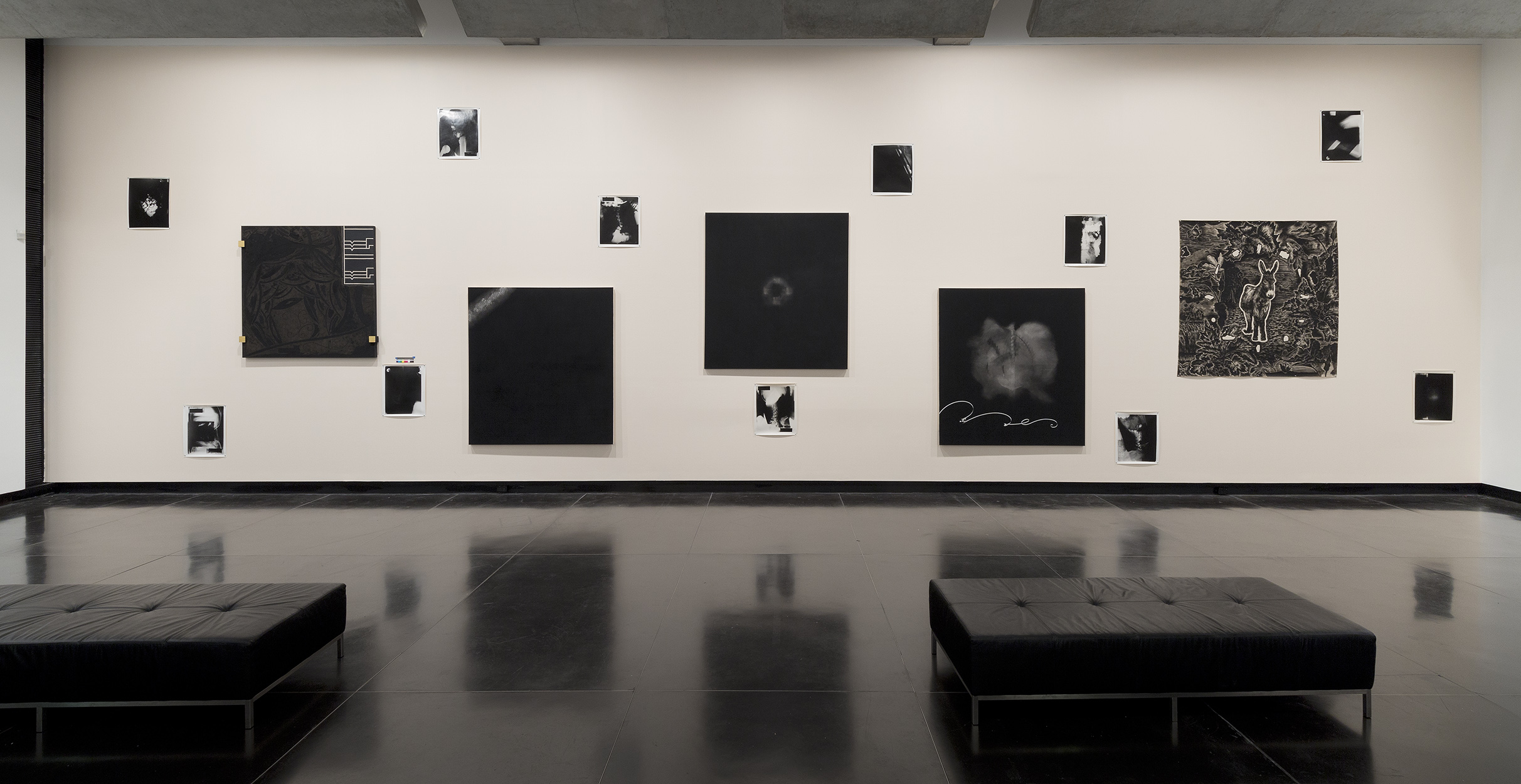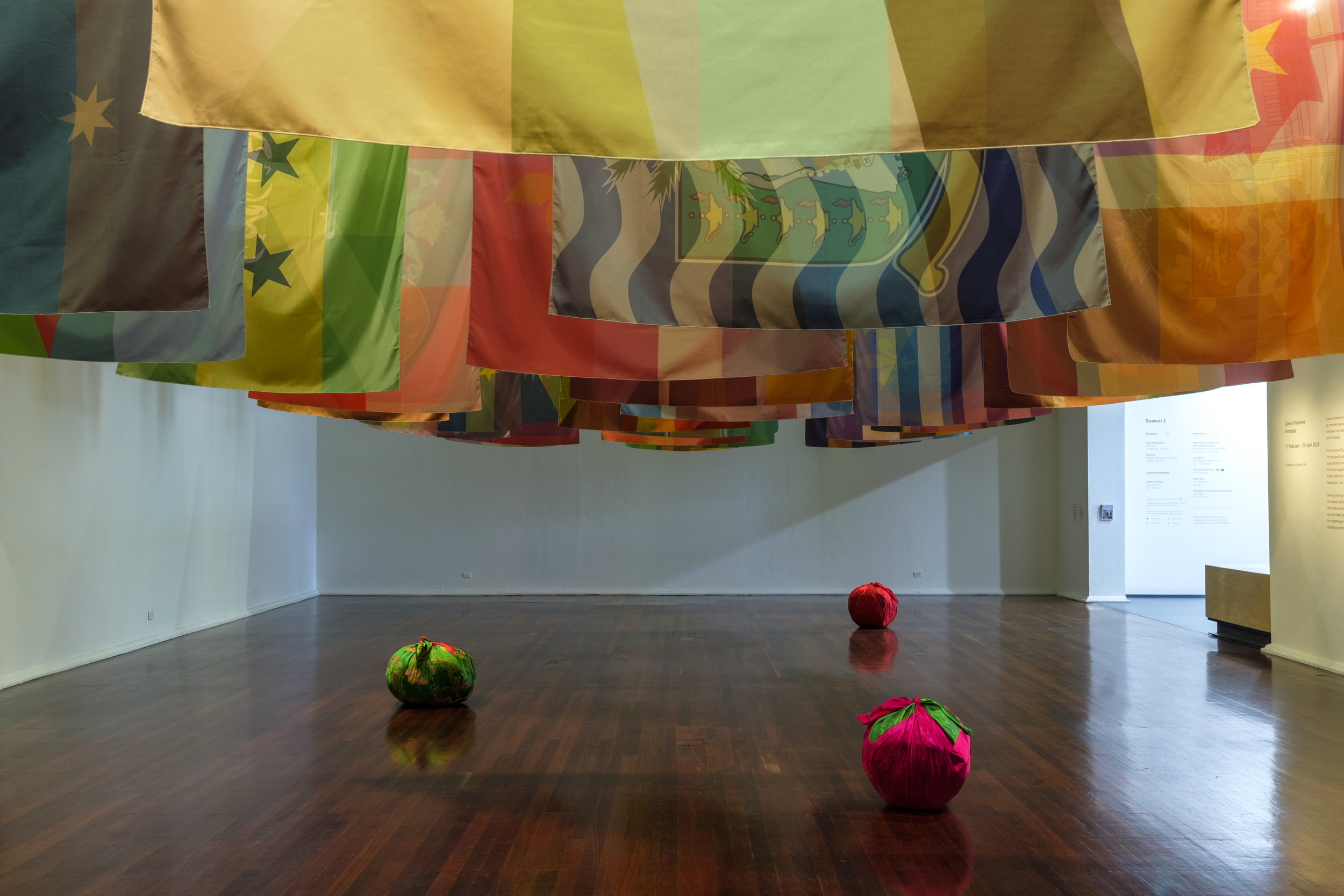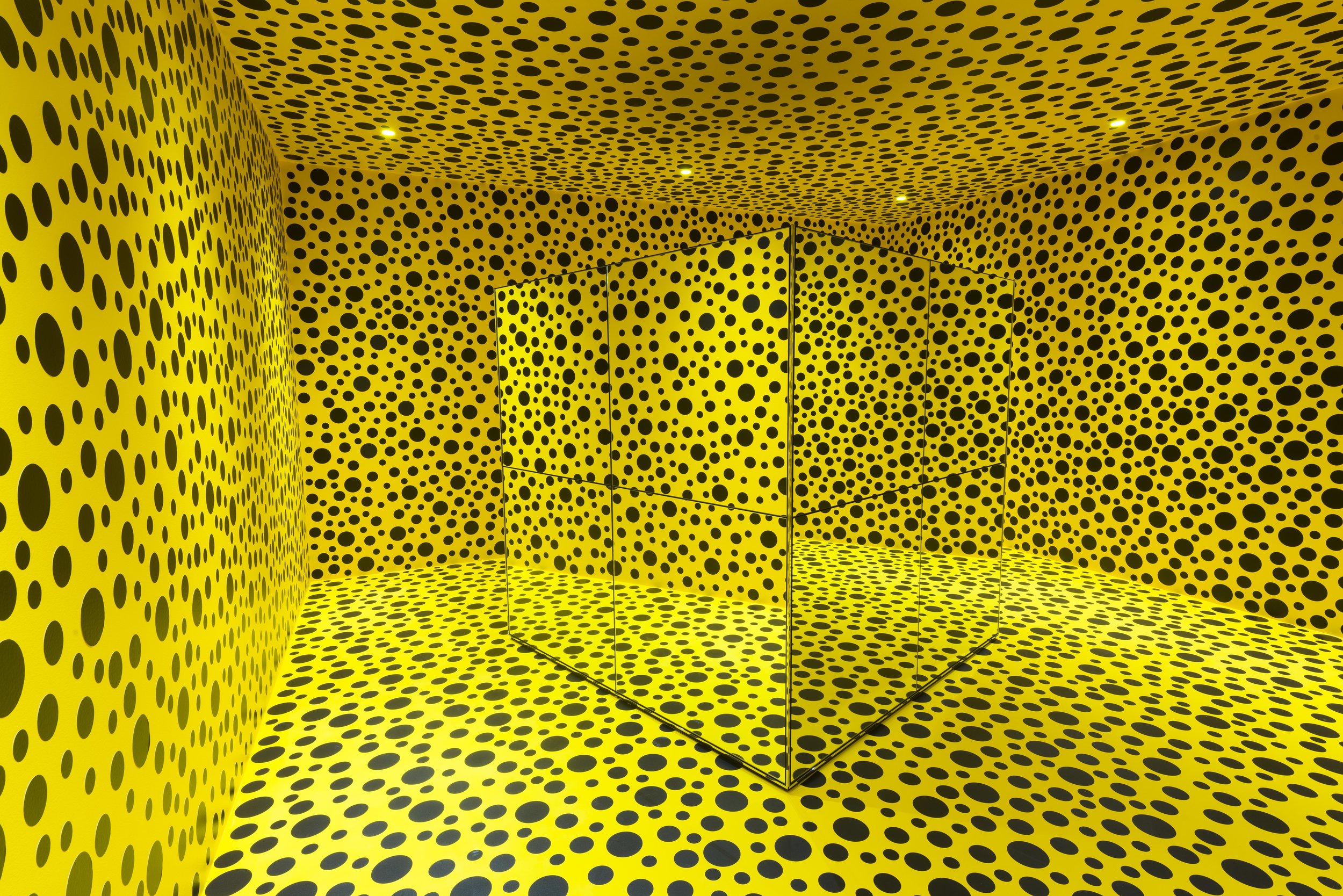The dynamic terrain of the contemporary desert
/The first generation of great desert artists created sublime visual testimonies to the indivisibility of country, family and Tjukurrpa, and produced an art movement that swept the world. With the passing of these artists there was an expectation that the Western Desert painting movement would lose its authority and authenticity. Instead, in the dynamic terrain of the contemporary desert, a handful of first contact painters continue to synthesise the numinous energy of country and culture into astonishing works of art, while a new generation experiments with form and medium, and takes out major prizes in some of the richest art awards in Australia. Vincent Namatjira, grandson of Albert, has twice had a self-portrait hung in the Archibald, with his highly commended 2018 Studio self-portraitrevealing an artist in supreme control of his medium and his artistic intention. The 2018 Wynne Prize was won by Yukultji Napangati with a shimmering traditional painting, and the Sulman by Kaylene Whiskey with one of her wry takes on popular culture, Indigenous style. Anangu artist Peter Mungkuri won the 2017 inaugural Hadley’s Art Prize. This year a third of the Hadley and Wynne finalists have been Indigenous.
Remote art centres have become astute and proactive in managing the reception of the work they produce. This is especially apparent in the Anangu Pitjantjatjara Yankunytjatjara (APY) Lands, where the APY Art Centre Collective, a group of ten art centres and organisations that include the Tjanpi Desert Weavers and Iwantja Arts (home of Vincent Namatjira, Peter Mungkuri and Kaylene Whiskey), has this year opened a gallery in Sydney.
Predominantly driven by non-Indigenous women (and there’s a story yet to be written), art centres are crucial in the harnessing and nurturing of individual creativity, and in the strategic selection of works for major awards and exhibitions. Across the desert, a band of smart, energetic, tireless women do the work behind the scenes that keeps the desert art movement on its upward and outward trajectory.
Article by Kim Mahood, from Art Monthly's August 2018 issue 309
Read More


































